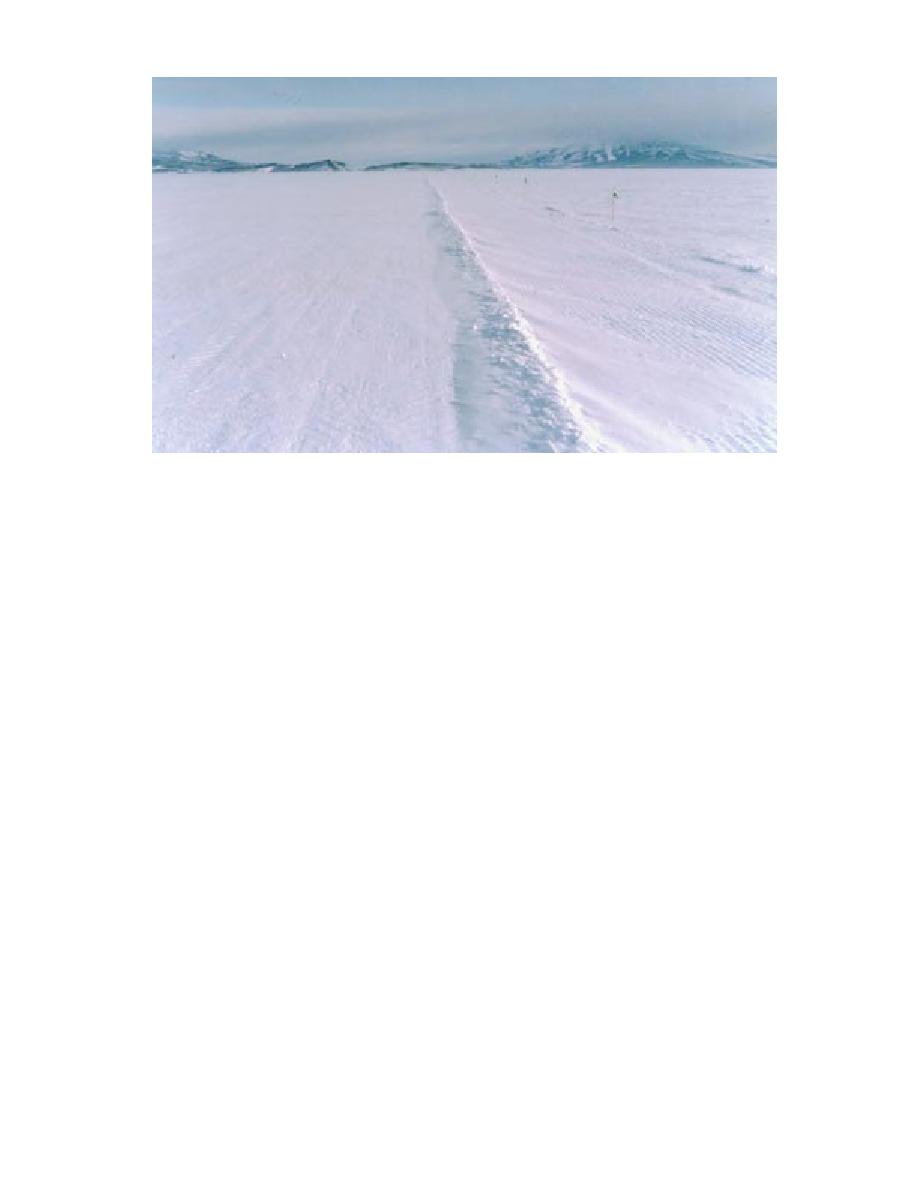
Figure 48. Small windrows trapping blowing snow.
could completely remove in one pass. Thus, the
snow accumulation slows (i.e., drift snow extends
swath left by the two vehicles during the strip-
up to the top of the windrow), one can set new
ping operations was smooth and did not have
windrows and this process can be repeated to
sharp or dramatic edges.
arrive at the desired snow cover within a rela-
On days when a strong wind is blowing, it
tively short period of time when a wind is present
may be best to avoid any work on the runway
and is carrying snow.
that might trap snow. On such days at Pegasus,
At most sites, snow management will always
we often continuously dragged the runway sur-
be the highest priority task. The development and
face to break up forming drift pods to prohibit
application of a comprehensive snow manage-
them from becoming large and trapping even
ment plan is critical to the success of such a facil-
more snow. Our goal was to keep moving snow
ity. It may be necessary at times to put aside all
moving during the time that it was in the vicinity
construction activities and to employ the entire
of the runway.
crew with dressing snow surfaces to avoid snow
There may be occasions when covering an area
accumulation or to collect snow for protection.
that is devoid of snow may also be desirable. It is
While this may be a frustrating disruption of the
usually a simple matter to use the snowblower to
construction schedule, we discovered that one
cover small areas or even to use a bulldozer or
can almost never overpower the will of natural
grader to move snow to cover bare ice. However,
forces in polar regions, and that it is always most
when large areas are in question, we found that
efficient in the long run to "go with the flow" of
using natural processes is very efficient when-
how the environment is behaving at any point in
ever possible. Periodically we deliberately gener-
time.
ated small windrows with the grader, perpendic-
Because the Pegasus runway project began as
ular to the prevailing wind direction, to trap snow
an experiment, only minimal consideration was
being carried along the surface by the wind. We
given to the construction spoil. With limited per-
found that windrows of about 10-cm (4-in.) height
sonnel and equipment dedicated to the project,
spaced 5-m (16-ft) apart would, within a few
the possibility of properly addressing construc-
hours, trap a volume of snow roughly equal to
tion waste was a moot point. Thus, large berms of
the volume of the initial windrow when snow
snow and ice chunks were generated along both
was being carried in the wind stream, even at low
sides of the runway. Because of prevailing winds,
speeds. By dragging or planing the surface after
the berm on the west side is larger than that on
45



 Previous Page
Previous Page
